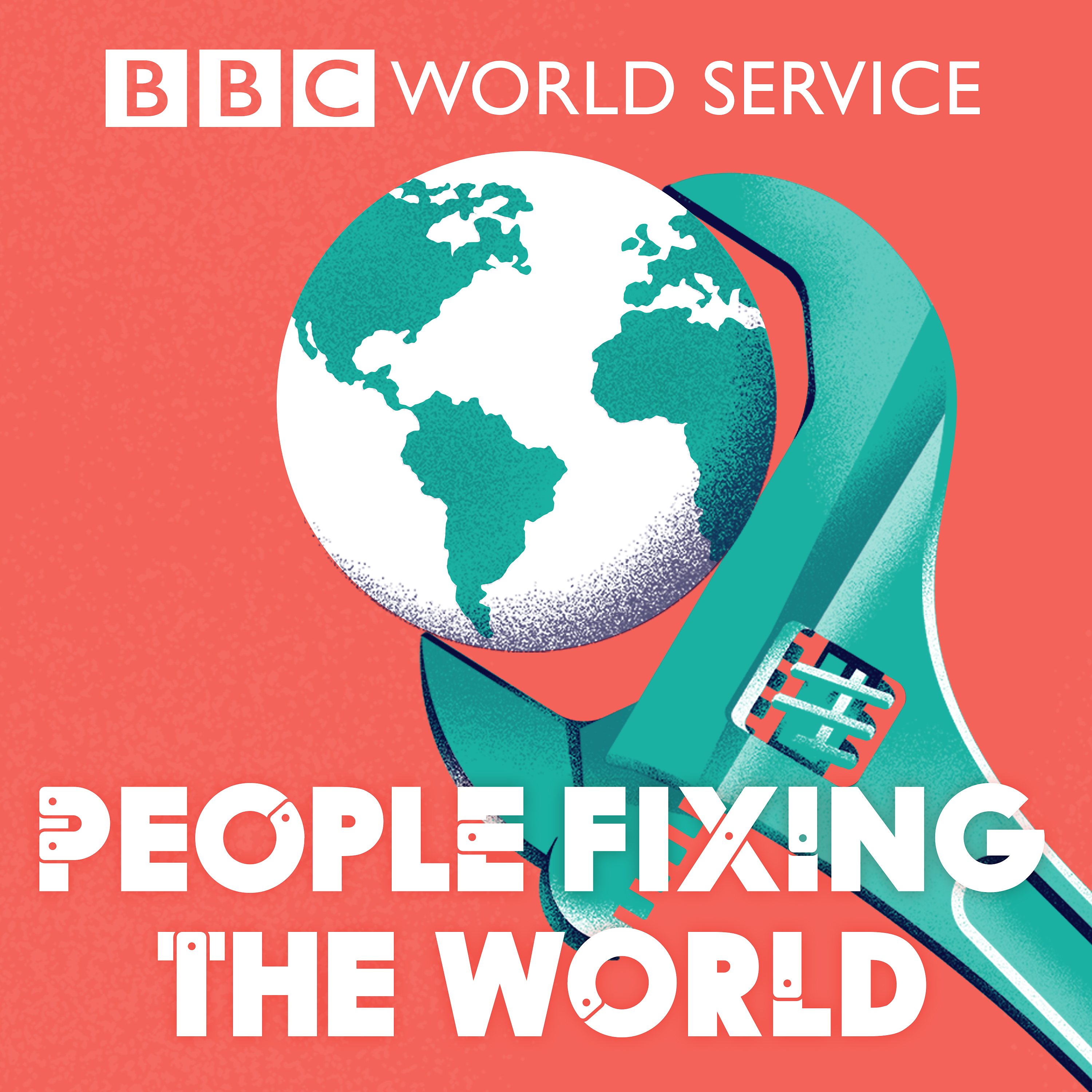
Turning old clothes into new ones
People Fixing the World
It’s estimated that 400 billion square metres of fabric are made every year – enough to cover Germany – for the fashion industry. The sector produces a similar amount of greenhouse gases to the international airline and shipping industries combined. The two most-used materials are cotton and polyester. Growing cotton requires a vast amount of land and water, and often chemicals too. Polyester is a by-product of the oil industry which has a massive environmental impact. But after clothing has been used, just 1% of it is recycled in a way that means it can be turned into other clothes. Much of what’s left ends up in landfill or is burned. What if that were to change and new clothes could easily be made out of old ones? Companies across the world are trying to “close the loop” in the fashion industry, developing chemical processes to turn used fabric back into materials that can be used again. Sweden’s Re:newcell is transforming old cotton into useable material, while the UK’s Worn Again has come up with a process to enable the re-use of blended textiles. But are these processes viable? Will turning old pants into new shirts save the planet – or is the solution something much deeper? Presenter: Nick Holland Producer: Jamie Ryan (Photo Caption: Clothes at a textile sorting depot / Photo Credit: BBC)Next Episodes

Predicting suicide @ People Fixing the World
📆 2019-02-19 04:06 / ⌛ 00:25:24

‘No Men Allowed’ – The Gym Getting Women Fit and into Work @ People Fixing the World
📆 2019-02-12 04:06 / ⌛ 00:22:57

How Nepal Doubled its Tiger Population @ People Fixing the World
📆 2019-02-05 04:06 / ⌛ 00:24:20

The shopping mall where everything is recycled @ People Fixing the World
📆 2019-01-29 04:06 / ⌛ 00:24:09

The Turkish App to Help Autistic Children Learn @ People Fixing the World
📆 2019-01-22 04:06 / ⌛ 00:23:13